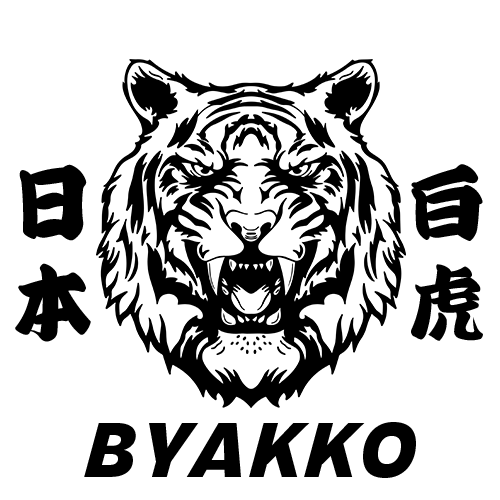Traditional Japanese crafts are known worldwide for their intricate techniques and refined beauty. Among them, kumiko is a stunning example of Japanese craftsmanship. This technique involves joining pieces of wood without nails to create detailed geometric patterns.
In this article, we’ll explore the history and charm of kumiko, introduce some common patterns, and explain how it can be used in modern interiors — all in a way that’s easy for beginners to understand.
The Origins and History of Kumiko
Kumiko is said to have originated during the Asuka period (7th century). It began as a construction technique used mainly in temples and palaces, particularly as decorative elements in features such as shoji (sliding paper doors) and ranma (transom panels). These delicate wooden patterns became a unique way of expressing Japanese spatial aesthetics.
During the Muromachi period, the rise of the tea ceremony brought about a refined sense of beauty that valued simplicity and empty space. This influenced kumiko designs to incorporate a sense of harmony and subtlety. In the Edo period, as the number of skilled craftsmen grew, kumiko became even more intricate and artistic, with a wider variety of patterns.
Although the craft declined during the Meiji period due to the influence of Western-style architecture, kumiko experienced a revival in the Showa era as traditional Japanese design regained appreciation. Today, kumiko is highly valued not only in the restoration of cultural properties but also in modern architecture and international exhibitions.
What Makes Kumiko So Special?
The greatest appeal of kumiko lies in its finely crafted geometric patterns, made by fitting wooden parts together with extraordinary precision — often accurate to less than a millimetre. The process demands a high level of concentration, experience, and delicate craftsmanship.
What sets kumiko apart is that it uses no nails or glue. The entire structure is held together purely through careful woodwork. This is a further development of traditional Japanese joinery and allows for natural expansion and contraction of the wood.
Kumiko also highlights the natural warmth, fragrance, and colour of wood, which changes beautifully over time. When used in interiors, it brings a soft, elegant atmosphere to a space and creates a sensory experience that is both calming and enriching. Its open structure also allows for airflow and natural light, making it highly functional as well as decorative.
Common Kumiko Patterns and Their Meanings
Kumiko features many traditional patterns, each with its own cultural meaning or wish for good fortune. These patterns are chosen not only for their beauty but also for their symbolic significance, especially in architecture and interior design.
Asanoha (Hemp Leaf)
This six-pointed geometric pattern resembles a hemp leaf, a plant known for growing quickly and strongly. It symbolises healthy growth and is often used in contexts that celebrate or hope for children’s development. The pattern is also believed to have protective qualities, warding off evil spirits.
Higaki (Cypress Fence)
This pattern consists of repeated diagonal lattices and is based on traditional Japanese fences. It represents strength, protection, and stability. The clever arrangement of wood highlights craftsmanship, and its interaction with light makes it a popular choice for wall decorations.
Shippo (Seven Treasures)
This design features overlapping circles that represent harmony, connection, and prosperity. Its name comes from the “seven treasures” of Buddhism (gold, silver, lapis lazuli, crystal, coral, agate, and giant clamshell). It symbolises fulfilling, balanced relationships and is popular across cultures for its auspicious meaning.
Modern Uses of Kumiko in Interior Design
Today, combining traditional elements with modern design is a growing trend in both homes and commercial spaces. Kumiko is increasingly being used because it offers both visual beauty and practical function.
Decorative sliding doors and partitions: Kumiko panels are perfect for dividing spaces without closing them off completely. They allow light to pass through, creating a soft and open atmosphere.

Ref: TANIHATA Kumiko Design Photo Collection
Use as Lighting Fixtures:
Lighting that incorporates kumiko patterns casts beautiful shadows and light across the space, creating a magical and atmospheric effect.

Ref: TANIHATA Kumiko Design Photo Collection
Wall Panels and Ceiling Features:
Used as decorative accents on walls or ceilings, kumiko can bring a refined, distinctly Japanese touch to modern interiors. It adds elegance while maintaining a contemporary feel.
Even outside Japan, kumiko is being used in the interior design of hotels and restaurants. It is widely recognised as a symbolic design that expresses the aesthetics of Japanese culture.
Carrying Kumiko into the Future
Kumiko is not just a heritage craft from the past — it continues to hold new value in today’s world. With the integration of digital tools and 3D design technologies, the possibilities for kumiko are expanding.
There is also growing interest in the fresh ideas and innovations introduced by younger generations of craftsmen, giving us good reason to be optimistic about the future of this tradition.
Why not take the opportunity to experience the delicate beauty and deep philosophy behind kumiko for yourself?
By incorporating kumiko into your everyday spaces, you can invite a sense of Japanese calm and elegance into your home, enriching your life with quiet beauty.
